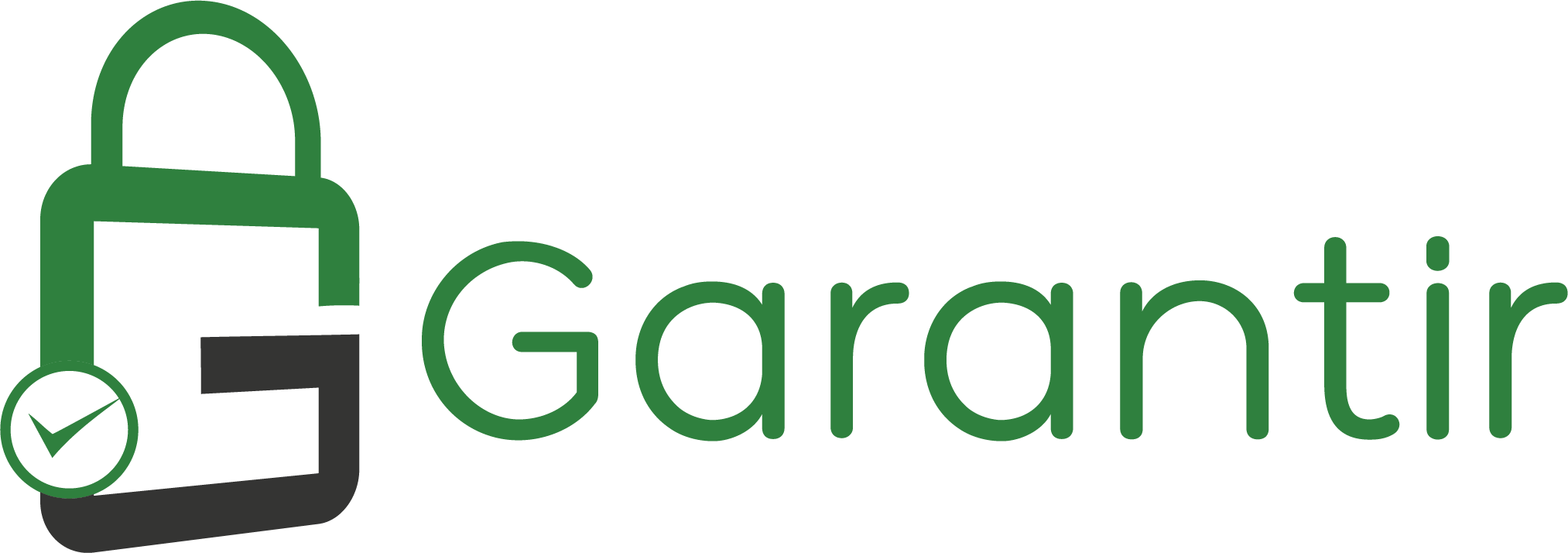Gartner Announces the Top Government Technology Trends for 2024
Gartner, Inc. identified
the top five government technology trends for 2024 that can guide public sector leaders to
deliver better, faster and increasingly more cost-effective citizen services.
“Escalating global turmoil,
continual cyber threats and the adoption of AI are putting increasing pressure
on governments to meet citizen demands faster and more creatively than ever
before,” said Todd Kimbriel, VP Analyst
at Gartner. “Government CIOs must find new ways to meet citizen demands for
modern, accessible and resilient services, by focusing on sustainable and
scalable technology.”
Government CIOs should
consider the impact of the following technology trends
on their organizations and apply insights to make a case for investments to
improve business capabilities, achieve leadership priorities and create a more
future-ready government organization (see Figure 1).
Adaptive
Security
Gartner predicts that by
2028, multiagent AI in threat detection and incident response will rise from 5%
to 70% of AI implementations to augment, not replace staff. AI is
creating new cybersecurity adaptations and
requirements, which presents new opportunities for government CIOs.
An adaptive security model
merges and continually adjusts cybersecurity tools, techniques and talent to
the changing threat landscape.
“Government CIOs and
leaders need to overcome any lingering resistance to the adoption of adaptive
security by linking its value to broader organizational objectives, such
as digital innovation and transformation,
national security objectives and operational resilience,” said Kimbriel.
Digital
Identity Ecosystems
Digital identity in
government is expanding into larger ecosystems that include user
authentication, unique citizen or organization identifiers, and credential verification,
such as smartphone-based identity wallets. Gartner predicts at least 500
million smartphone users will regularly make verifiable claims using a digital
identity wallet built on distributed ledger technology by 2026.
According to Gartner,
government CIOs can strengthen their digital identity strategy by building on
use cases and partnerships that break out of traditional sector silos to add
greater value for citizens, government and businesses. They have an opportunity
to shape these emerging ecosystems by asserting government’s role as a
potential federator, facilitator and regulator of digital identity.
AI for
Decision Intelligence
Gartner predicts more than
70% of government agencies will use AI to enhance human administrative decision
making by 2026. Machine learning, analytics and generative AI will
mature over the next two years and combine into a suite of tools that will
support improved government service delivery.
“These tools will need to
be subject to careful governance, so it’s important government CIOs drive AI
adoption and governance policies throughout the organization,” said Kimbriel.
“They must develop a strategy that incorporates these policies with a focus on
desired outcomes, then take a continuous assurance approach to ensure they are
maintained after implementation.”
Digital
Platform Agility
Government organizations
are increasingly adopting platform-based solutions, such as industry cloud and
low-code application platforms. This enables them to quickly deploy business
capabilities and address service delivery risks posed by antiquated systems,
and easily flex and scale to citizen service demands. Cloud-native capabilities
in these platform solutions provide greater cost control and faster time to
value.
Platform cloud-based
solutions will open new opportunities for innovation and transformation of
business processes in government organizations. Gartner recommends government
CIOs implement a multicloud strategy to maximize these opportunities and
mitigate the complexities of incremental modernization across multiple systems.
Programmatic
Data Management
Government leaders are
demanding increased use of data for decision making and
planning. Programmatic data management is the systematic and scalable approach
to enable enterprise-wide use of data assets,
which is being advanced by automation platforms and their ability to
incorporate AI capabilities. According to Gartner, more than 60% of government
organizations will prioritize investment in business process automation by
2026, up from 35% in 2022.
“Data remains the basis of
decision making in government, and the growing proliferation of AI
re-emphasizes the need for government CIOs to enhance the quality and
efficiency of data at scale by improving the rules and structures that govern
it,” said Kimbriel.

































Leave A Comment